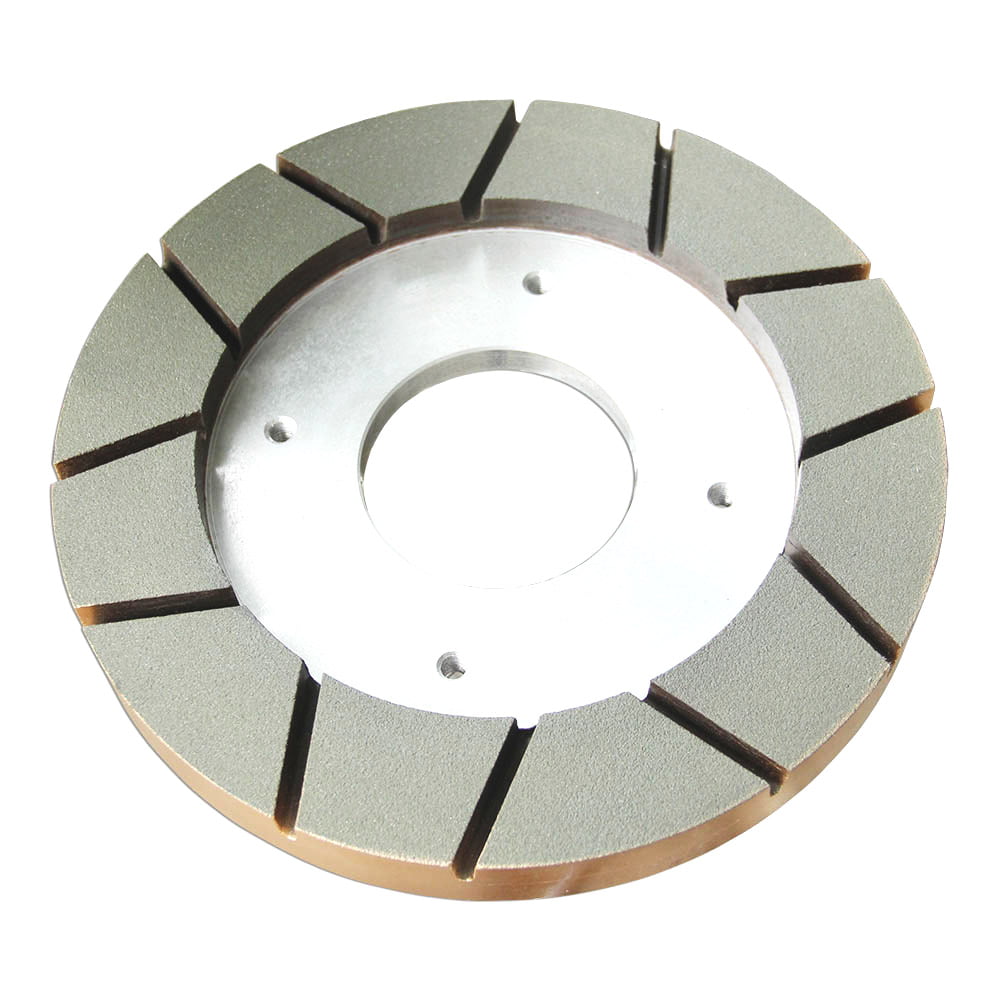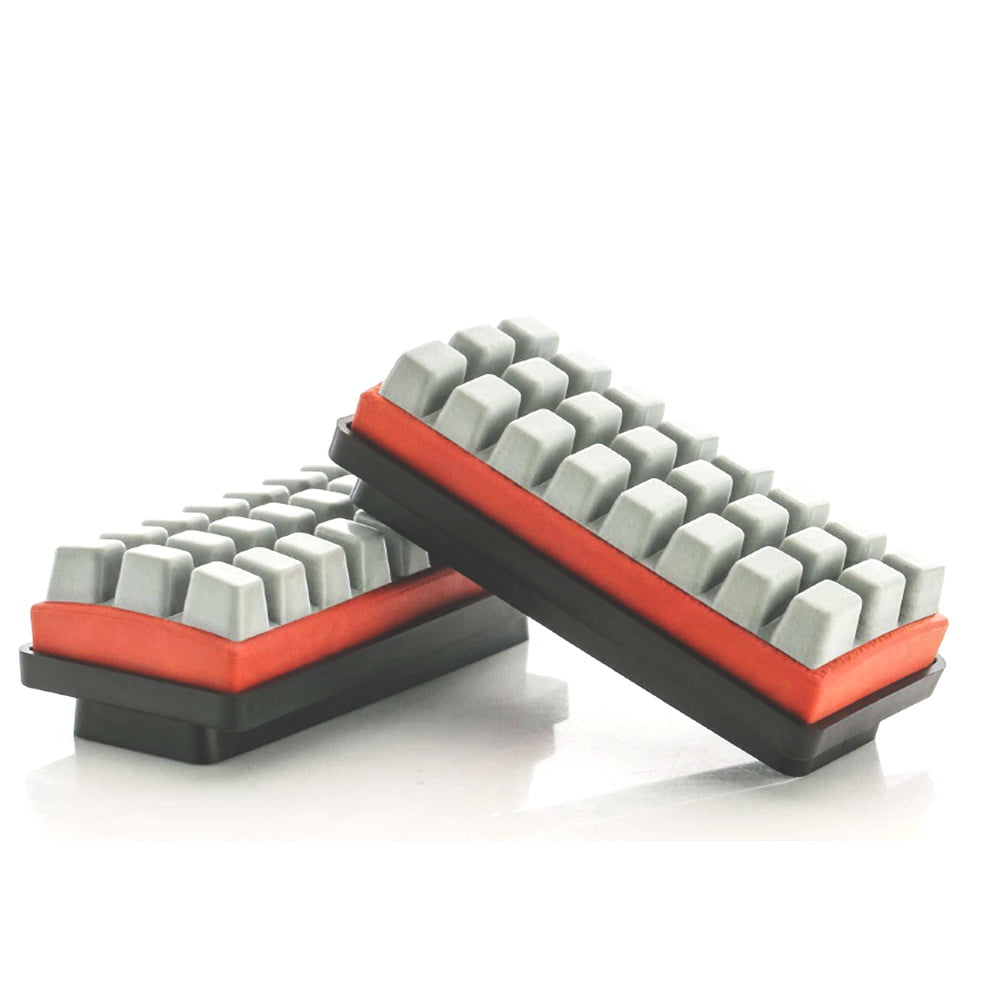When it comes to choosing the perfect tile finish for your home or project, the options can be overwhelming. Two finishes that often spark curiosity are honed and lappato. While both offer a unique aesthetic, they serve distinct purposes and have different characteristics. Let's dive into the world of tile finishes and uncover the differences between honed and lappato tiles.
The Honed Finish: A Matte Elegance
Honed tiles are known for their matte, non-reflective surface. This finish is achieved by polishing the tile, but not to the point of creating a glossy sheen. Honed tiles have a smooth texture, making them easy to clean and maintain, especially in high-traffic areas. However, they lack the reflective quality of polished tiles, which can make spaces appear less bright. Honed tiles are ideal for those who prefer a subtle, understated look and are particularly suited for areas that need a balance between style and practicality.
The Lappato Finish: A Perfect Balance
Enter the lappato finish, a masterpiece of texture and shine that strikes a perfect balance between polished and matte. The term "lappato" is Italian for "semi-polished" or "honed," and this finish is exactly that – a blend of the two. Lappato tiles are polished just enough to create a semi-gloss appearance but retain a textured surface. This unique finish reflects light from the polished areas while leaving sections of the surface matte, adding depth and elegance to any space.
How Lappato Tiles Are Made
The lappato finish is achieved using specialized tools like BASAIR's lappato abrasives. These abrasives, infused with diamond resin, gradually remove material from the tile surface, leaving a smooth and even texture. The process involves fine polishing and honing, with water lubrication to control temperature and prevent overheating. This meticulous process ensures that lappato tiles are not only visually stunning but also durable and easy to maintain.
Key Differences
- Appearance: Honed tiles have a completely matte surface, while lappato tiles have a semi-gloss appearance with both polished and matte sections.
- Reflectivity: Honed tiles do not reflect light, whereas lappato tiles have a subtle reflectivity from the polished areas.
- Texture: Both finishes are smooth, but lappato tiles have a more varied texture due to the combination of polished and matte areas.
- Usage: Honed tiles are versatile and can be used in various areas, including high-traffic zones. Lappato tiles are often used to highlight or accent specific spaces, such as entryways or bathrooms, and are also suitable for wet areas due to their non-slip properties.
Choosing the Right Finish
When deciding between honed and lappato tiles, consider the aesthetic and functional needs of your space. If you prefer a subtle, easy-to-maintain surface, honed tiles might be the way to go. However, if you want to add a touch of elegance and depth to your space while maintaining practicality, lappato tiles are the perfect choice.
The Role of BASAIR
BASAIR, a leading manufacturer of high-quality diamond tools, plays a crucial role in creating these exquisite lappato finishes. Their lappato abrasives are designed for precision and effectiveness, ensuring that every tile produced meets the highest quality standards. With BASAIR's tools, you can achieve a unique and visually appealing finish that elevates any space.
In conclusion, the difference between honed and lappato tiles lies in their appearance, reflectivity, and texture. While honed tiles offer a matte elegance, lappato tiles provide a perfect balance of shine and texture. Whether you're looking for a subtle look or a more elegant finish, understanding these differences will help you make the right choice for your next project.



